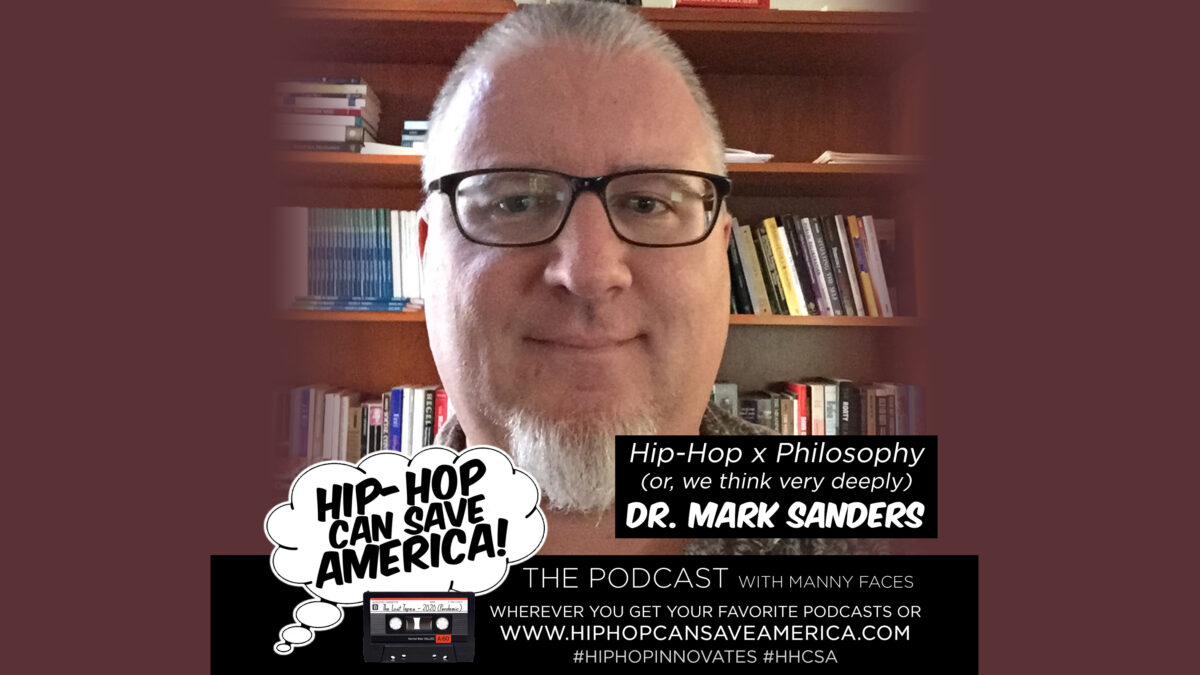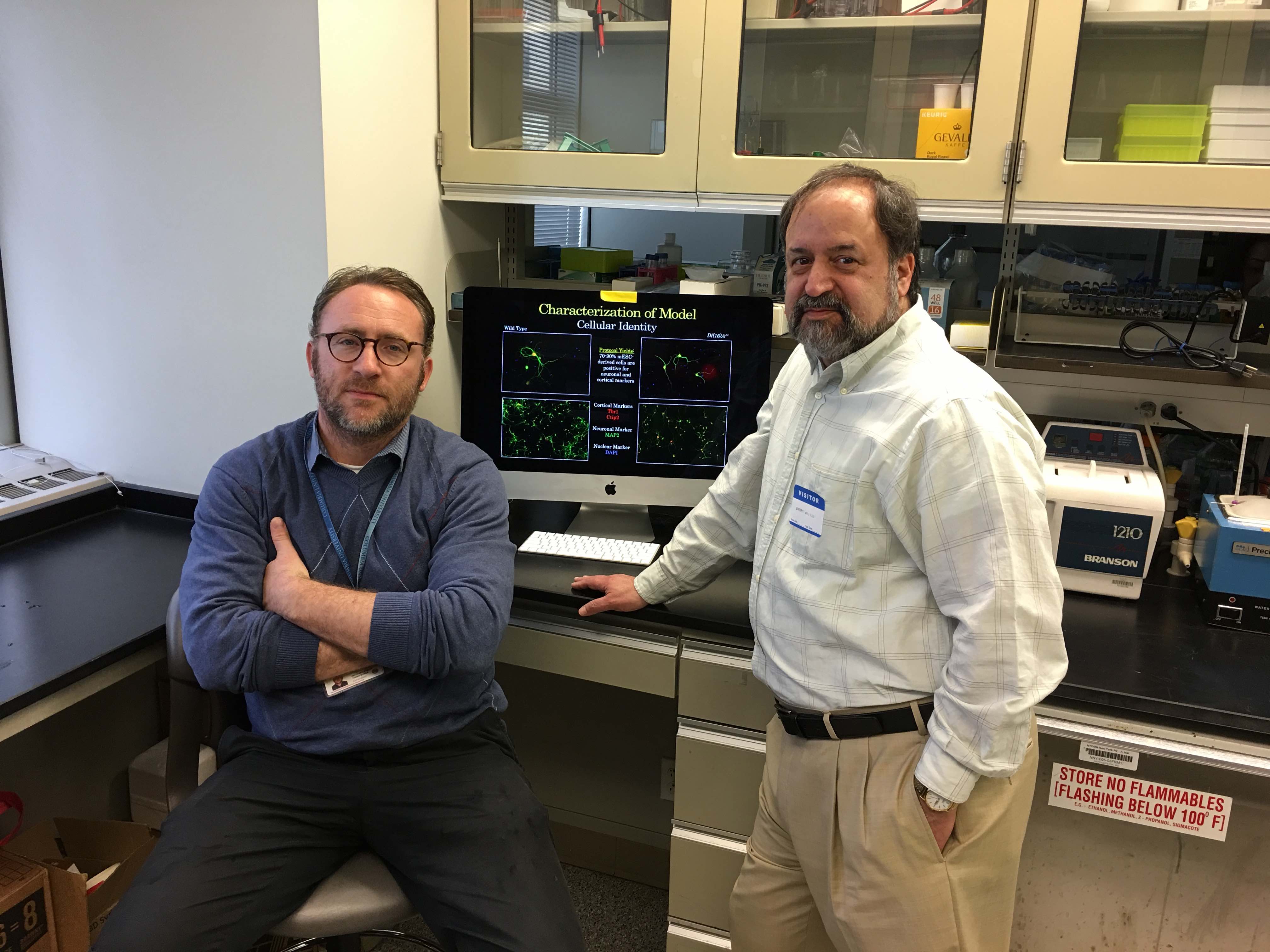


This work provides a critical step towards understanding the role of CNTNAP2 in human cortical development and has important mechanistic implications for ASD associated with brain overgrowth. Notably, these differentially expressed genes included previously identified ASD-associated genes and are enriched for genes in ASD-associated weighted gene co-expression networks. RNA sequencing revealed 339 genes differentially expressed between patient- and control-derived organoids of which a subset are implicated in cell proliferation and neurogenesis. The observed phenotypes were rescued after correction of the pathogenic mutation using CRISPR-Cas9. Patient-derived organoids displayed an increase in total volume that was driven by an increased proliferation in neural progenitor cells, leading to an increase in the generation of cortical neuronal and non-neuronal cell types. Book an appointment at his practice located at 25 Central Park W Apt 1l. Patients carrying the c.3709DelG mutation in CNTNAP2 present with an increased head circumference and brain MRI reveals an increase in gray matter volume. Sander Markx, MD is rated as a top psychiatrist in the New York, NY area. In this study, we utilized forebrain organoids generated from hiPSCs derived from patients from the Old Order Amish community with a rare syndromic form of ASD, carrying a homozygous c.3709DelG mutation in CNTNAP2 and healthy controls to investigate the effects of this mutation on cortical embryonic development. The recent development of forebrain organoids generated from human induced pluripotent stem cells (hiPSCs) derived from subjects with brain disorders is a promising method to study human-specific neurobiology, and may facilitate the development of novel therapeutics. Autism spectrum disorder (ASD) represents a major public health burden but translating promising treatment findings from preclinical non-human models of ASD to the clinic has remained challenging.


 0 kommentar(er)
0 kommentar(er)
